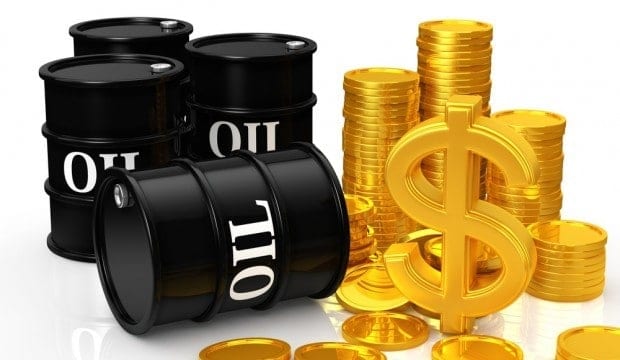As the market expects the new United States administration to ‘act big’ in the next COVID-19 relief package, Oil prices rose a second consecutive day on Wednesday.
As of 9:17 a.m. ET on the Inauguration Day for President-elect Joe Biden, West Texas Intermediate crude was up 1.53 per cent at $53.77 and Brent crude prices were trading above $56 per barrel – up by 1.16 per cent at $56.52, very close to the 11-month high prices hit last week according to oilprice.com.
READ ALSO: Equity Market Commenced Weekly Activities with N40bn Down on Profit Takings
After Treasury Secretary nominee, Janet Yellen told the Senate Finance Committee on Tuesday that the US should ‘act big’ in the upcoming stimulus package, the US dollar dropped. The weaker dollar then makes crude cheaper for holders of other currencies, while the overall bullish market sentiment also sent investors and speculators to riskier assets such as shares and commodities.
The market was looking beyond the near-term oil demand scares, stoked by the continued lockdowns in many parts of Europe and now returning in parts of China, too. On Tuesday, Germany extended its lockdown until the middle of February. But market participants were looking beyond the first quarter, hopeful that a large stimulus package in the US would result in a rebound in the world’s biggest economy, and relief packages in other economies would also help growth, and by extension, oil demand, later this year.
Although it cut oil demand forecasts for the first quarter and 2021, the International Energy Agency said in its closely-watched Oil Market Report on Tuesday, “Much more oil is likely to be required, given our forecast for a substantial improvement in demand in the second half of the year.”
On Wednesday, Saxo Bank said, “The market shrugged off another downgrade to global demand growth from the International Energy Agency who said that renewed lockdowns to contain the pandemic would weigh on consumption during the current quarter,”
The bank’s analysis stated that “The market remains bid on a combination of Saudi production cuts and the prospect for more fiscal stimulus, increased mobility and continued monetary easing eventually supporting demand. The biggest short-term risk is whether these have been fully priced into the current price level.”

